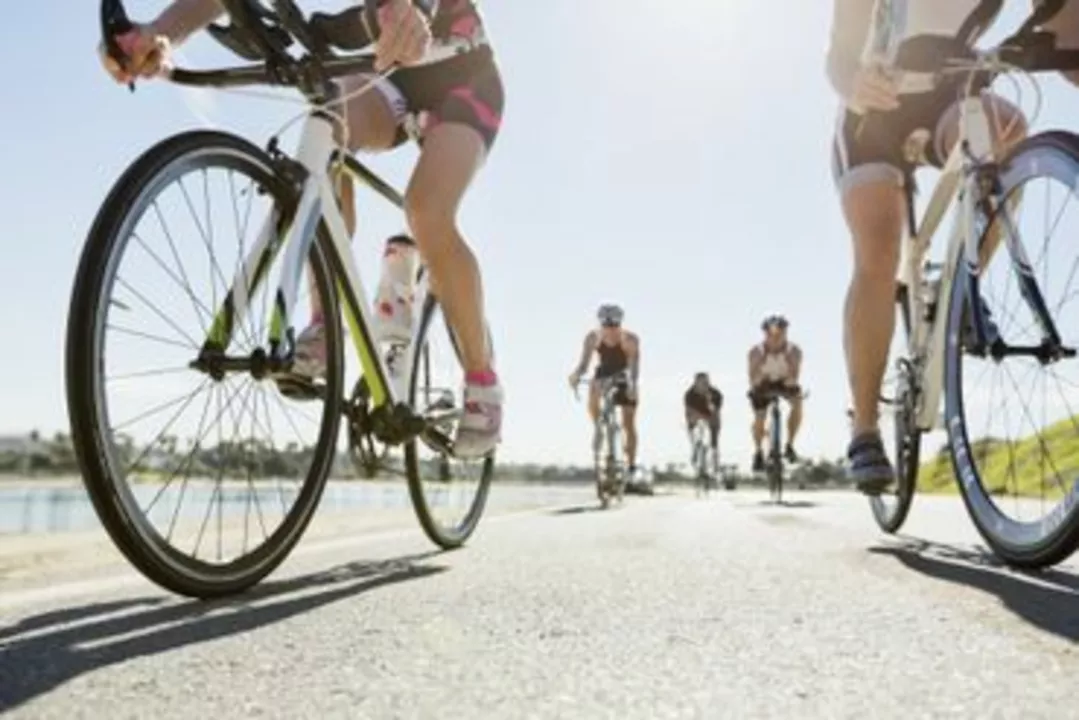Cycling Strategies to Improve Your Ride
Ever feel like you’re putting in the effort but not getting the results you want on the bike? It’s not magic – it’s strategy. From how you plan a training week to the little tweaks in your gear setup, smart choices can make your rides feel smoother, faster, and more fun. Below are some down‑to‑earth tactics that work for road, mountain, and city cycling, especially if you’re hanging out around North Bristol.
Build Smarter Training Routines
First off, ditch the “just ride longer” mindset. Quality beats quantity when you’re trying to get stronger. Try splitting your week into three clear blocks: endurance, intensity, and recovery.
Endurance rides should be low‑key, steady, and at a comfortable cadence. Aim for 60‑90 minutes on easy terrain and focus on keeping your heart rate in the aerobic zone. This builds a solid base without burning you out.
Intensity sessions are where you push the limits. Do interval training – 5 minutes hard, 5 minutes easy – for three to five rounds. On a mountain trail, that could be short climbs followed by a glide back down. On the road, hit a sprint on a flat stretch.
Recovery isn’t a cheat day; it’s a crucial part of the cycle. A short, 30‑minute spin at a relaxed pace lets your muscles repair and prepares them for the next hard day.
Plan these blocks around your work schedule and local events. If a group ride is on a Saturday, make Thursday your intensity day, Friday a light spin, and Sunday a relaxed endurance ride.
Gear Up with the Right Tactics
Gear can either help you or hold you back. Start with fit – a bike that’s too big or too small drains energy and hurts comfort. Use a local bike shop in North Bristol to dial in saddle height, handlebar reach, and frame size.
Next, look at tire pressure. On mixed surface trails, a slightly lower pressure (around 25‑30 psi) gives better grip without risking pinch flats. On smooth tarmac, bump that up to 40‑45 psi for rolling efficiency.
Don’t forget the little things: a pair of quality gloves improves grip and reduces hand fatigue; a well‑ventilated jersey keeps you cool on sunny rides; and a lightweight, waterproof pack protects your phone, snacks, and spare tube.
If you’re into mountain biking, consider a low‑slung front suspension setup for better control on steep descents. For road riders, a power meter can give you real data on where you’re losing time – a quick way to tweak cadence and gear selection.
Finally, practice mental strategies. Before a ride, visualise the route, note where you’ll need to power up and where you can coast. During the ride, break the distance into bite‑size sections; this makes long climbs feel less daunting.
Mix these tactics into your routine, and you’ll notice a real difference: smoother climbs, steadier speeds, and less post‑ride soreness. The key is consistency – keep testing, adjusting, and enjoying the ride.
Why are there so many riders in a cycle race?
I've always wondered why there are so many riders in a cycle race, and after doing some research, I found a few reasons. First, cycling is a team sport, and having multiple riders allows for different strategies and tactics to be employed. Second, it also makes the race more exciting, as there are more opportunities for breakaways and lead changes. Additionally, large numbers of riders in a race can showcase the diversity of cycling skills and talent from around the world. Finally, it's a way for the cycling community to come together, promoting camaraderie and sportsmanship.



